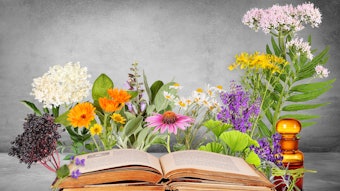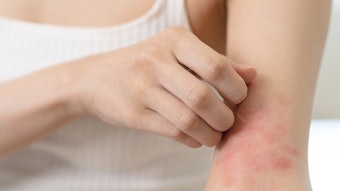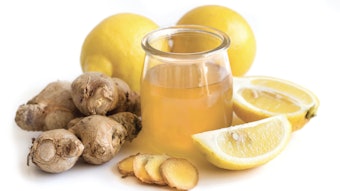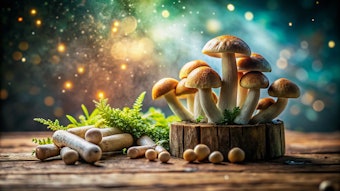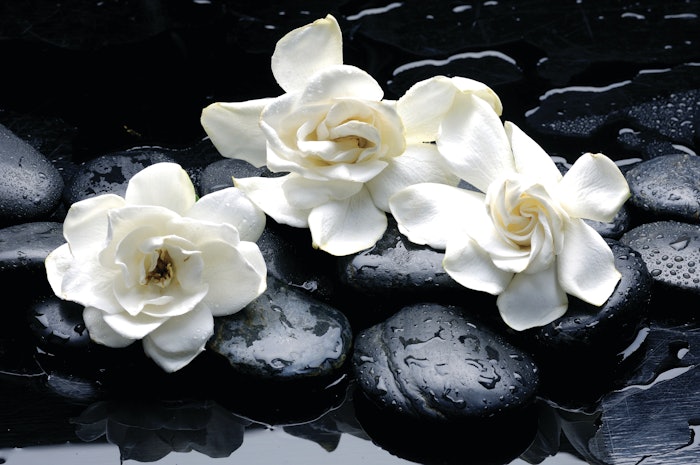
A symbol of beauty, gardenia has long been used by Ayurvedic practitioners and in traditional Chinese medicine for liver protection, to treat hypertension and to be grated and soaked in Chinese liquor. Gardenia has also historically been appreciated for its use in treating inflammation and bleeding after trauma and on joints and muscles.
Log in to view the full article
A symbol of beauty, gardenia has long been used by Ayurvedic practitioners and in traditional Chinese medicine for liver protection, to treat hypertension and to be grated and soaked in Chinese liquor. Gardenia has also historically been appreciated for its use in treating inflammation and bleeding after trauma and on joints and muscles.
Gardenia and Well-aging
Gardenia is a flowering plant from the coffee family, native to tropical and subtropical regions of Africa, Asia, Madagascar, the Pacific Islands and Australia. In skin care, gardenia is commonly used for its antioxidants and anti-inflammatory properties due to being a natural source of crocin. Gardenia is also regularly used in extracts and essential oils for a variety of reasons, including skin brightening, reducing redness and rejuvenation.
"Some gardenia extracts offer proven anti-aging benefits by boosting collagen production, providing antioxidant protection and shielding skin from environmental damage,” says Rebecca Gadberry, LE, FSCC. “Its key compounds - including geniposide, phenylpropanoids and ferulic acid—work together to neutralize free radicals, improve skin firmness and reduce wrinkles. One clinical study showed up to 44% improvement in firmness after eight weeks, while also demonstrating significant reduction in protein oxidation from UV exposure.” Gardenia’s antioxidants and ability to protect from environmental damage means it can be beneficial for the skin barrier’s health.
Products like Givaudan’s BlurHD harness gardenia for these exact antioxidant properties, along with its ability to reduce the appearance of wrinkles, boost ceramide production and smooth skin. Biocosmethic’s Vitadenia is an anti-aging active ingredient derived from gardenia fruit. In addition to this, gardenia is commonly used as a natural, eco-friendly dye for paper, fabrics and food. “Gardenia extract is also used as a natural colorant, contributing yellow, blue or red tones to cosmetic formulations, so simply seeing ‘gardenia extract’ on an ingredient list doesn't indicate whether it's included for skin care benefits or coloring purposes—you'll need to contact the brand for clarification on its specific function if its actions aren't called out in the product data or advertising,” notes Gadberry.
Gardenia and Formulation
Gardenia jasminoides or Gardenia Florida Extract is used to treat dark spots, treating inflammation, coloration and improving skin’s elasticity. Meanwhile, gardenia stem cells can be used for multi-level protection of the collagen network, to prevent collagen loss and to regulate collagen turnover. "Gardenia stem cell extracts—listed as Gardenia Jasminoides Meristem Cell Culture on ingredient labels—represent a more advanced option,” says Gadberry. “Lab cultivation produces purer, more concentrated compounds than traditional plant harvesting, with research showing a 46% reduction in collagen-degrading enzymes and 94% better protection of existing collagen.”
A variety of uses and effects can be derived from gardenia in skin care, depending on whether formulators are working with a water-soluble extract, plant oil or stem cell extract. Monoi oil, for example, uses Tahitian gardenia and is excellent for hydrating, protecting skin from environmental damage and soothing dry, flaky skin. Gardenia’s ability to help skin retain moisture is crucial for overall skin health and resilience.
While gardenia has many uses, not all uses are equal. Like all plant-derived ingredients, they may not always behave the same. In cheaper forms of gardenia extract, batches aren’t tested to ensure the batch will hold specific benefits nor are they guaranteed to have been protected from exposure to light, air, heat or anything else that could potentially degrade the chemical composition.
Care When Choosing Gardenia Products
“Quality of plant ingredients matters significantly. Cheap 'hollow' extracts may contain little to no active compounds, while chemically standardized extracts are tested for consistent potency and probably have some clinical data about the skin benefits of the extract,” Gadberry says. “It's hard to tell which type is in the product just by looking at the ingredient list.” A chemically standardized version of the extract can guarantee the desired levels of phytonutrients that hold specific benefits, usually after a series of clinical tests, while having been protected from environmental factors that could potentially contribute to oxidation or otherwise threaten the chemistry’s integrity.
For example, ferulic acid is in gardenia but isn’t necessarily the extract you’re getting when in a gardenia product you’re using. Meticulous attention to detail is crucial when it comes to labeling, whether you’re reading a label on a line of products you’re purchasing, or labeling a product in your own line, especially in this age of heightened demand for transparency.
The same protective, soothing benefits gardenia holds for skin care makes it valuable in scalp care products, like scalp scrubs and hair serums, but as established above, careful consideration about what exact phytonutrients are present in products makes all the difference when shopping for gardenia products.

